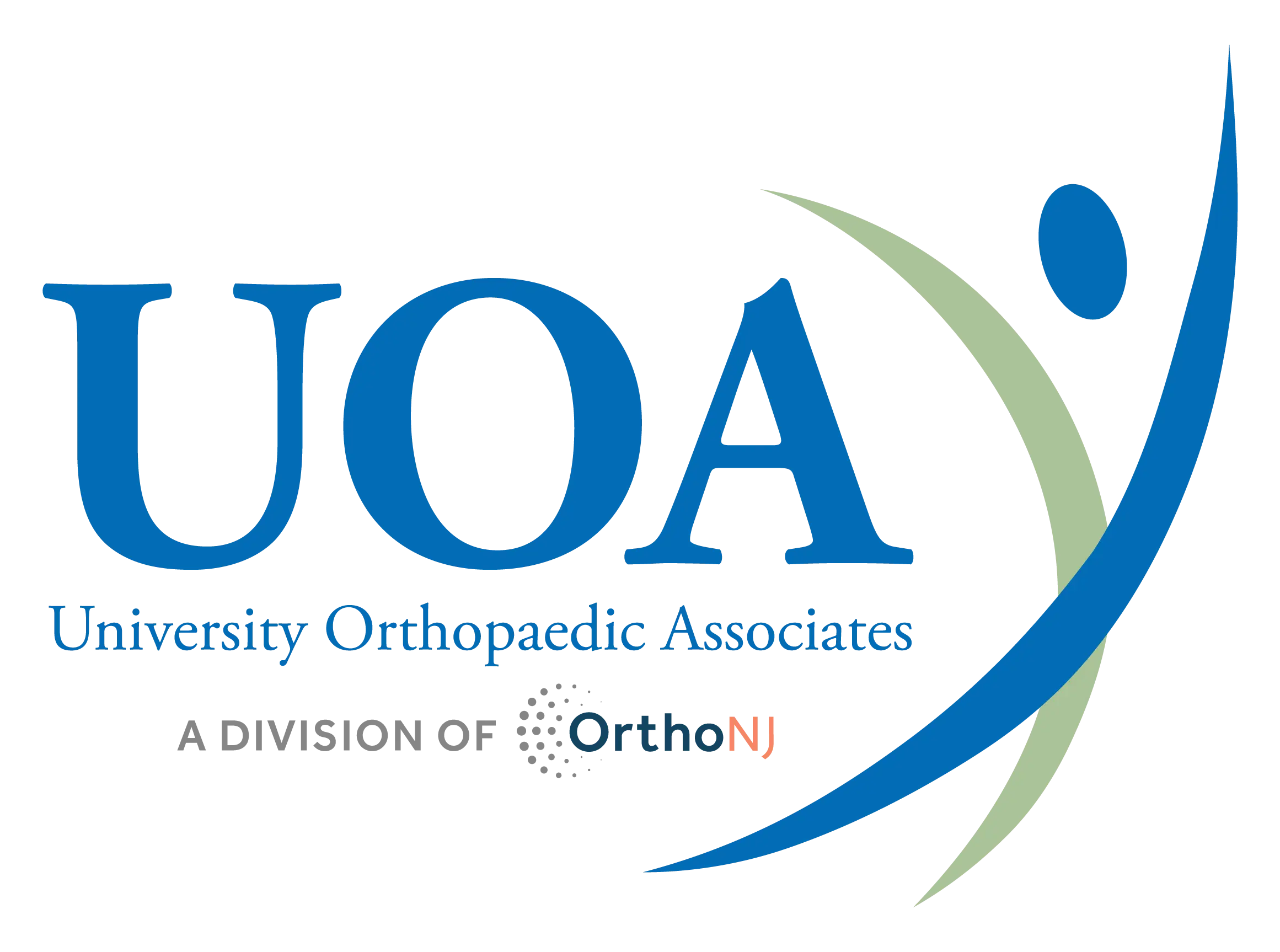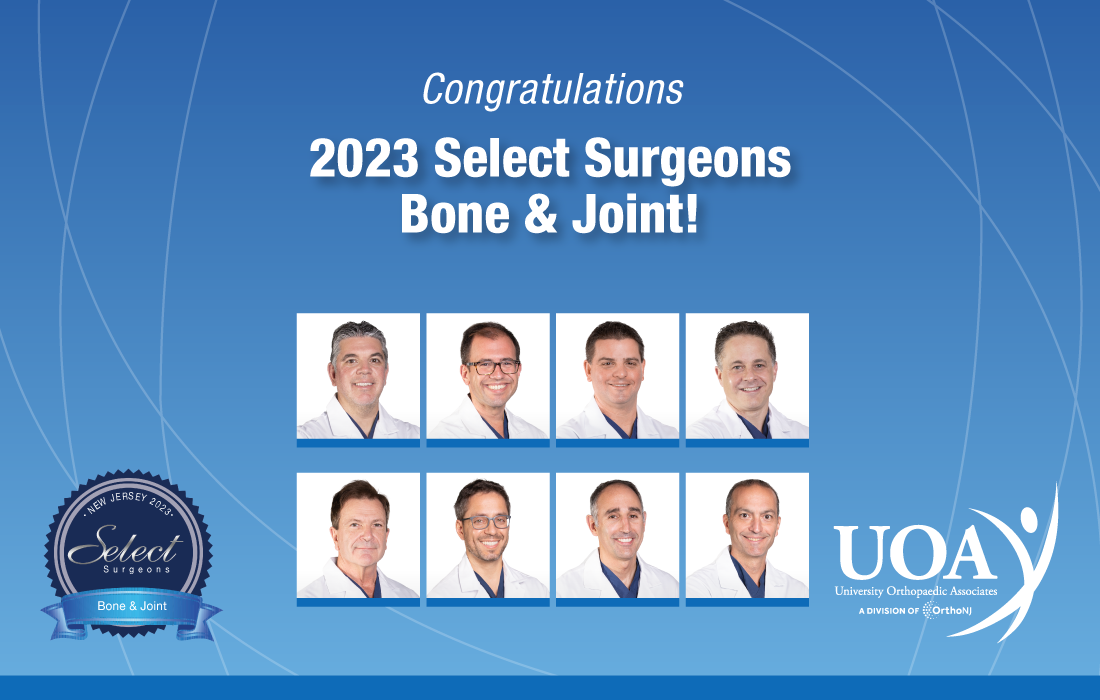Minimally Invasive Lumbar Decompression (MILD) is a low-risk treatment option for spinal stenosis. Here’s more about how it works, and how to request an appointment with University Orthopaedic Associates (UOA) to find out whether this procedure is right for you.
What Is Minimally Invasive Lumbar Decompression?
Minimally invasive lumbar decompression (MILD) is a non-surgical treatment for spinal stenosis, which is the narrowing of the spaces inside the bones of the spine.
In spinal stenosis, the small spaces inside the backbone can put pressure on the spinal cord and nearby nerves to cause symptoms, including lower back pain and weakness in the extremities. Severe cases of spinal stenosis are typically treated with surgery—the goal of which is to create more space in the spine and reduce symptoms. However, surgery for spinal stenosis often comes with a number of risks and results in a long period of downtime and recovery.
MILD, on the other hand, can relieve the compression being placed on the spinal cord and nerves without the need for general anesthesia, stitches, implants or hospitalization. This procedure can help you stand and walk for longer periods of time with far less pain if you are living with spinal stenosis.
MILD procedures may also be used to treat disc herniation, degenerative disc disease and spondylolisthesis.
How Is MILD Performed?
MILD is typically performed in an outpatient setting by a physiatry and pain management specialist.
First, your provider will ask you to lie face-down on a table. Sedation or local anesthesia may be used to reduce pain at the treatment site and help you relax during the procedure.
Next, your provider will make a tiny incision into your skin near the treatment site and remove excess bone or ligament causing the compression on your spinal cord and nerves. These growths are extracted from your body via the tiny incision in your back. This is typically done using guidance from an X-ray or contrast dye that helps your doctor see the structures inside your back more clearly.
MILD usually takes under one hour to complete. Many patients can return home to rest and relax on the same day of their procedure after sedation wears off.
What Are the Benefits of MILD?
The primary goal of MILD is to remove the bones, ligaments and tissues causing spinal stenosis so your spinal canal can widen and resume its normal shape. Your pain will gradually fade as your nerves move back into place after being decompressed.
As a minimally invasive procedure, MILD offers many benefits compared to traditional surgery and other treatments for spinal stenosis. These benefits include:
- Speedy reduction in lower back pain and other symptoms
- Fast healing and recovery
- No need for general anesthesia
- Fewer complications than surgery
- Short or no hospital stay
- No stitches required
In a study published in Pain Practice, researchers identified additional benefits of MILD, including:
- MILD can significantly reduce the need for surgical decompression up to five years post-MILD.
- The incidence of open surgical decompression is reduced to an average of 2.4% per year after MILD treatment.
- Patients who undergo MILD typically experience significant pain relief and reduced opioid use at the 3, 6 and 12-month follow-up periods.
Recovery
A relatively short recovery is one of the greatest benefits of undergoing MILD. Many patients can resume their usual activities within 24 hours of having this procedure. However, MILD does come with some risks, like any other medical procedure.
Bleeding, infection, nerve damage and recurrent stenosis are possible risks that may occur with MILD. Fortunately, the incidence rate of these risks is lower than that associated with traditional open spine surgery.
Who Are Ideal Candidates for MILD?
MILD may be ideal for you if you cannot have spine surgery for any reason or you want a minimally invasive alternative that doesn’t require stitches or the use of general anesthesia. MILD may also benefit you if your spine condition is not responding to conservative therapies, including medication or physical therapy.
Contact a physiatry and pain management specialist if you’re still not sure whether MILD is ideal for you. They can evaluate your condition, review your medical history and discuss all your available treatment options, including MILD.
University Orthopaedic Associates offers a wide range of orthopaedic services and is home to an experienced team of interventional physiatry and pain management specialists who can discuss MILD and other minimally invasive treatment options. Contact UOA today at (732) 537-0909 to request an appointment.




